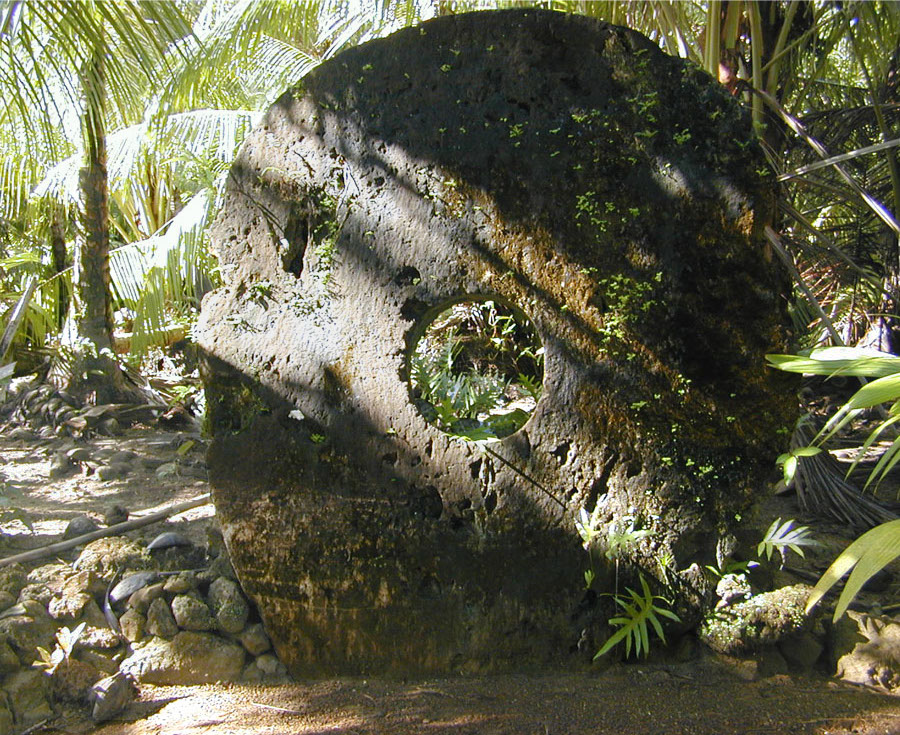After the Japanese earthquake accident world environmentalists want to shut down most of the world's nuclear reactors. I don't know if they know that shutting down nuclear plants means that we will become slaves of electricity. High demand and low supply pushes the price up. Way up.
So fission hasn't got such bright future ahead. How about fusion?
Fission is a nuclear reaction in which the nucleus of an atom splits into smaller parts. Heat/energy is released. That's as detailed as I'd like to go. On the other hand, fusion is opposite of fission, the atomic nuclei merge together to form a single heavier nucleus. In that process large amount of energy is released.
ITER
ITER is actually what I wanna
archive here. ITER or International Thermonuclear Experimental Reactor is huge research and engineering project that is currently building
tokomak (fusion reactor). I did not know that it was already designed and in production. It will produce 500 MW of output power for 50 MW input power in up to 1000 seconds. 10:1 ratio. (nuclear plants produce circa 500-1000 MW per year)
That is just experimental and electricity won't be actually added to electrical network.
ITER is scheduled to begin operating in 2018-19 (some say 2016). I wonder how it goes. I sure would wanna look at this
archive post in 6 years!
 |
| The ITER. |
 |
| Natural fusion reactor - The Sun. |
 |
| One way of using fission. |
ITER - Official ITER homepage.
ITER Wiki - Wiki article with cool timeline.
Wiki Attack:
Fusion Power Wiki
Nuclear Fusion Wiki
Nuclear Fission










